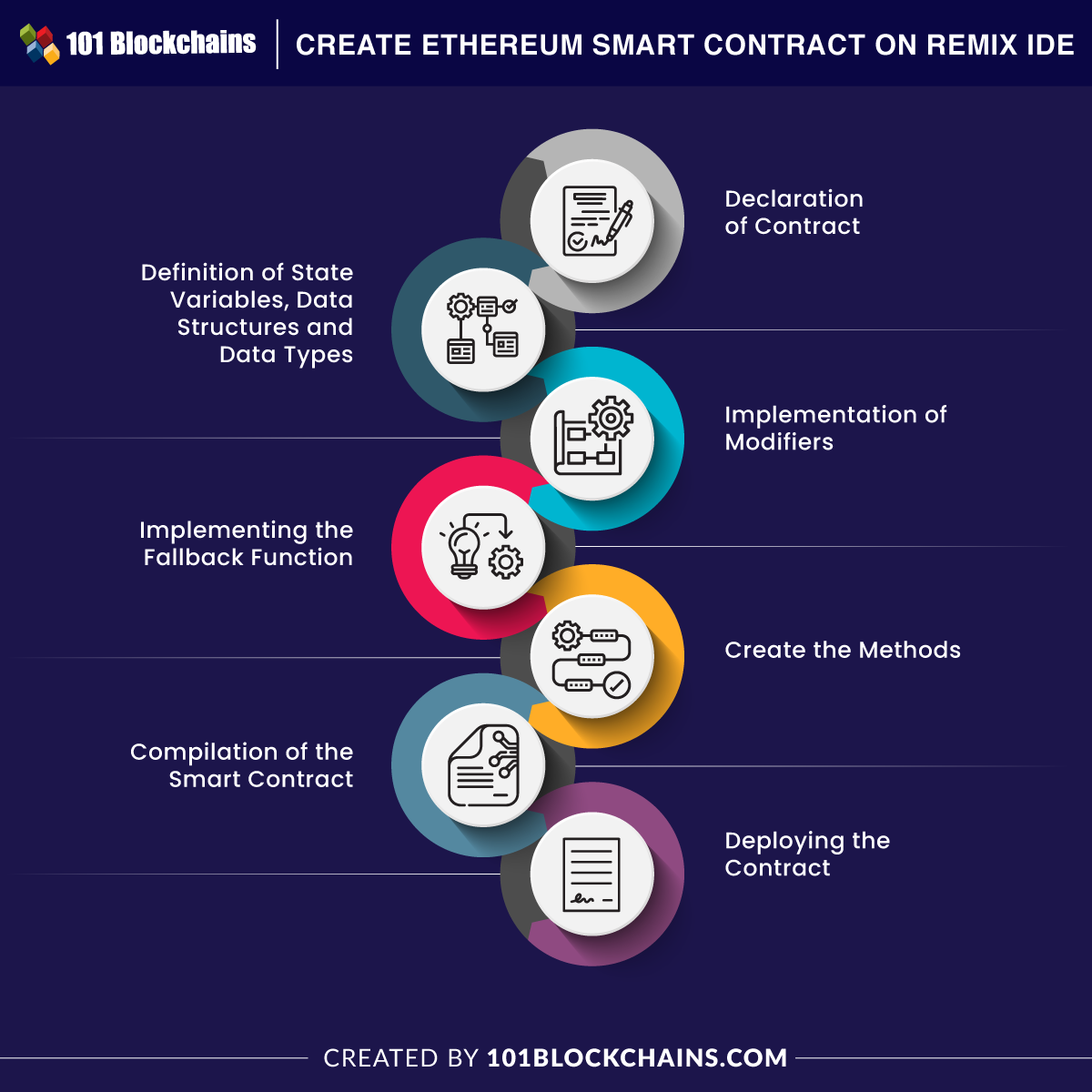- Published on
Smart Contract Development with Solidity Best Practices
- Authors

- Name
- Adil ABBADI
Introduction
Smart contracts have revolutionized the way we think about decentralized applications and blockchain technology. As the backbone of these decentralized systems, smart contracts require careful planning, design, and development to ensure their security, reliability, and efficiency. In this blog post, we'll dive into the best practices for developing smart contracts using Solidity, the programming language for Ethereum.

- Understanding Solidity
- Choosing the Right Development Environment
- Best Practices for Smart Contract Development
- 1. Follow the Ethereum Community Guidelines
- 2. Use Secure Random Number Generation
- 3. Implement Access Control Mechanisms
- 4. Optimize Gas Efficiency
- 5. Test Thoroughly
- 6. Use OpenZeppelin Contracts
- 7. Implement Upgradability Mechanisms
- 8. Document Your Contracts
- 9. Follow Secure Coding Practices
- 10. Continuously Monitor and Audit Your Contracts
- Conclusion
- Ready to Master Smart Contract Development?
Understanding Solidity
Solidity is a statically typed, contract-oriented programming language developed by the Ethereum team. It's used to write smart contracts that can be deployed on the Ethereum blockchain. Solidity is similar to JavaScript, but with additional features and constraints to ensure the security and correctness of smart contracts.
Choosing the Right Development Environment
Before starting to develop smart contracts, it's essential to set up a suitable development environment. Here are a few options:
- Remix: A popular, open-source, web-based IDE specifically designed for Solidity development. Remix offers features like syntax highlighting, code completion, and debugging tools.
- Truffle Suite: A suite of tools for building, testing, and deploying smart contracts. Truffle includes a console, a suite of commands, and a built-in Ethereum client.
- Visual Studio Code: A popular, open-source code editor with a wide range of extensions available for Solidity development, including syntax highlighting and code completion.

Best Practices for Smart Contract Development
1. Follow the Ethereum Community Guidelines
The Ethereum community has established guidelines for smart contract development, including naming conventions, coding styles, and security best practices. Following these guidelines ensures that your contracts are compatible with existing tools and frameworks.
2. Use Secure Random Number Generation
Random number generation is a crucial aspect of many smart contracts. However, generating truly random numbers on a blockchain is challenging. Use secure libraries like VRF (Verifiable Random Function) or ** RANDAO** to ensure unpredictable and secure random numbers.
3. Implement Access Control Mechanisms
Access control is vital to prevent unauthorized access and manipulation of smart contract state. Use techniques like ** Roles-Based Access Control (RBAC)** or Whitelisting to restrict access to sensitive functions and data.
4. Optimize Gas Efficiency
Gas is the measure of computational effort required to execute a transaction or smart contract operation. Optimize gas efficiency by minimizing the number of operations, using loops and conditional statements judiciously, and leveraging gas-efficient libraries.
5. Test Thoroughly
Testing is crucial to ensure the correctness and reliability of smart contracts. Use frameworks like Truffle or Web3.js to write comprehensive tests, covering both happy paths and edge cases.
6. Use OpenZeppelin Contracts
OpenZeppelin is a popular library of reusable, secure smart contracts. Using OpenZeppelin contracts can save time and reduce the risk of security vulnerabilities.
7. Implement Upgradability Mechanisms
Smart contracts need to be upgraded or modified over time to adapt to changing requirements. Implement upgradability mechanisms like proxy contracts or upgradeable contracts to ensure seamless updates.
8. Document Your Contracts
Proper documentation is essential for understanding and maintaining complex smart contracts. Use tools like NatSpec to document your contracts and make them more accessible to other developers.
9. Follow Secure Coding Practices
Secure coding practices, such as input validation and sanitization, are crucial to prevent common attacks like reentrancy and front-running. Follow secure coding practices to ensure the security of your contracts.
10. Continuously Monitor and Audit Your Contracts
Smart contract development is an ongoing process. Continuously monitor and audit your contracts to identify and address potential security vulnerabilities and performance issues.
Conclusion
Developing smart contracts with Solidity requires careful planning, attention to detail, and adherence to best practices. By following the guidelines outlined in this blog post, you can ensure that your smart contracts are secure, reliable, and efficient. Remember to stay up-to-date with the latest developments in Solidity and Ethereum, and continuously improve your skills to become a proficient smart contract developer.
Ready to Master Smart Contract Development?
Start improving your smart contract development skills today and become proficient in using Solidity to build robust, secure, and efficient smart contracts.
